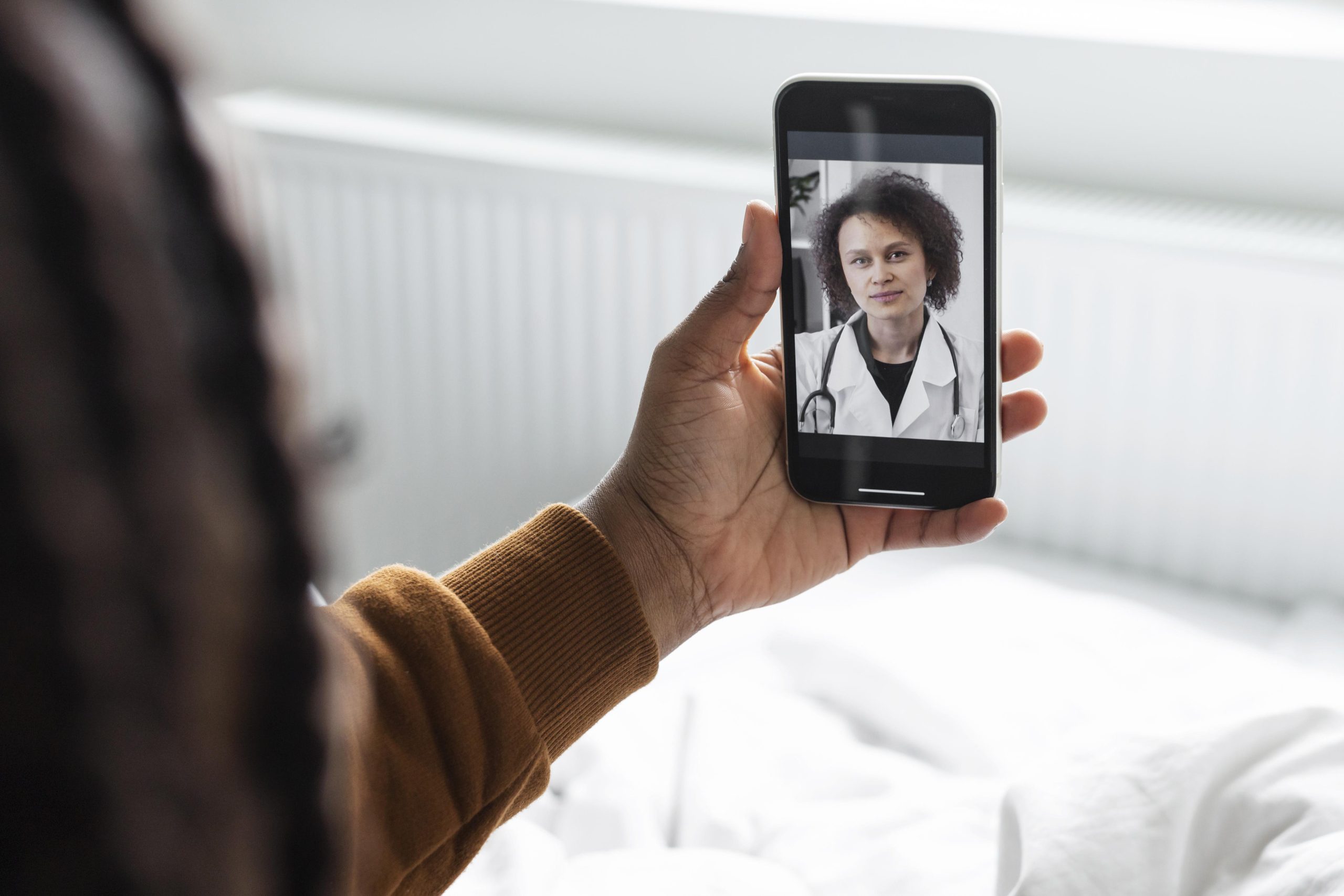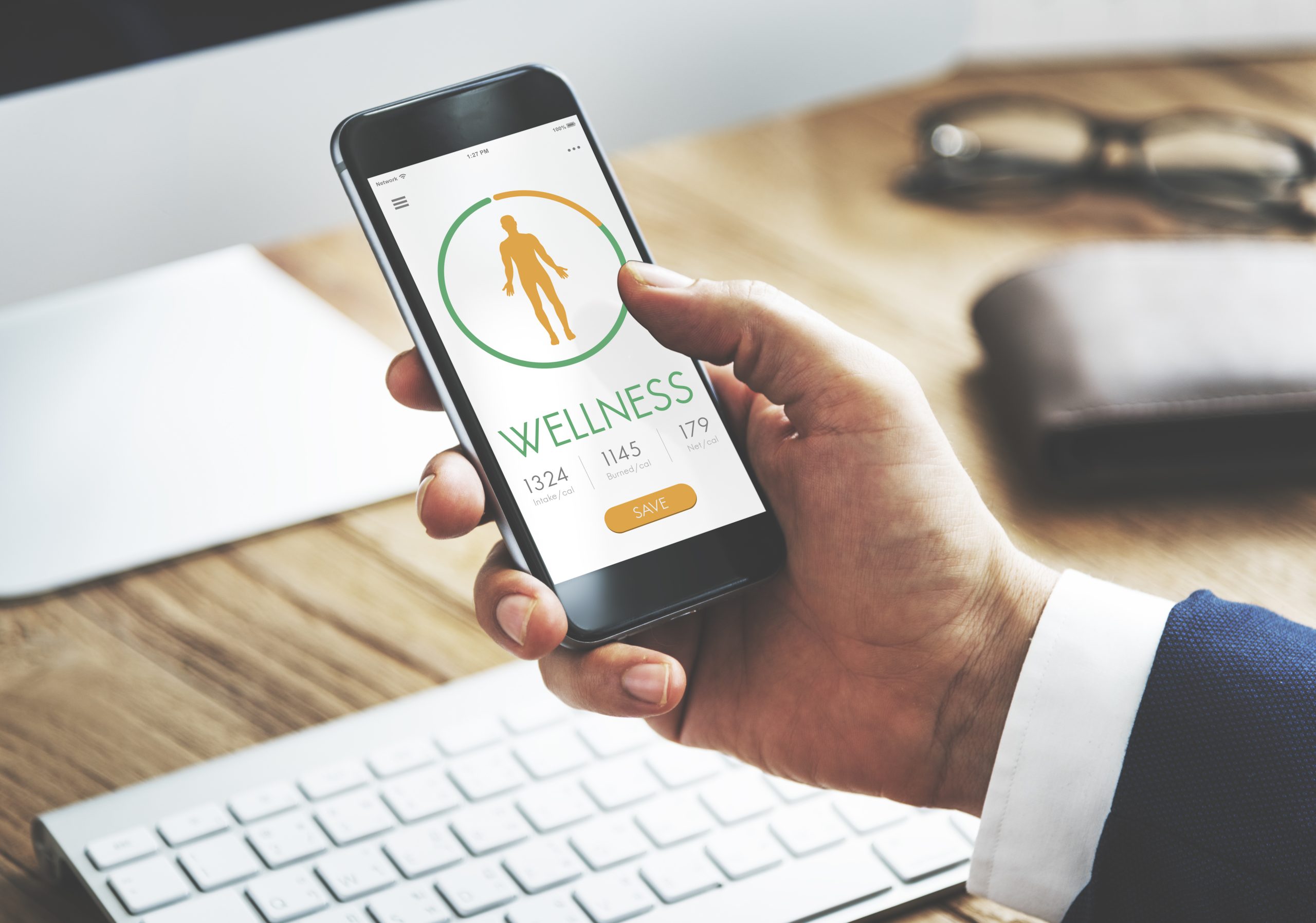
The fear can make you freeze. You never see it coming; it's like an icy ball in your belly, picturing the phone's ring carrying unwanted news. Maybe it concerns a single parent or a partner dealing with long-term illness. Regardless of the situation, the stress of our dear ones potentially facing a medical emergency alone is a burden most of us bear.
Fortunately, there exists a choice that brings calm and presents key support in emergencies: medical alert devices. These basic yet potent resources are common and can alter a scary incident into a swift, organized action. This piece will teach you all about them, providing you the power to make wise choices for you or your family members.
What are Medical Alert Devices?

A medical alert device provides important aid for people who might require immediate help during health crises. These devices, which are wearable or set up at home, have a simple aid button that links users to a 24/7 emergency response center.
When setting off, the gadget alerts skilled professionals who analyze the situation and act accordingly, such as sending medical aid or informing family members. Those worried about their protection or the wellness of people they care about should consider investing time to learn more about medical alert and their potential to provide reassurance and possibly save lives.
Key Types of Medical Alert Devices
Medical alert devices come in several types, each designed for a specific need or lifestyle:
1. In-home Medical Alert Systems
Often, the systems require a landline or Wi-Fi connection for use inside the home. They generally consist of a base unit that connects to the phone line or internet and a help button that you can wear as a pendant or bracelet.
2. Landline-based systems
Landline-based medical alert systems require a landline phone connection and are typically less expensive than cellular-based systems. They are ideal for users who spend most of their time at home and have a reliable landline connection.
3. Mobile Medical Alert Devices
Mobile medical alert devices are portable and can be taken anywhere, providing coverage outside the home. These systems often include GPS tracking, allowing emergency responders to locate the user if needed. Some mobile devices also offer fall detection technology.
4. Wearable Devices
Wearable medical alert devices include pendants, bracelets, and watches, allowing easy access to emergency services. These devices are designed to be worn at all times, ensuring that help is always within reach. Many wearable devices now offer additional features such as activity tracking and heart rate monitoring.
5. Smartphone apps
Some medical alert services offer apps that can be downloaded onto a smartphone. These apps alert emergency contacts or services directly from their phones. Smartphone apps are a convenient option for users who are comfortable with technology and always have their phones with them.
You should choose a medical alert device that fits your lifestyle and needs, as each type has advantages and disadvantages.
Benefits of Medical Alert Devices

Medical alert devices provide many perks apart from urgent help response. They give users and caregivers a sense of security, promising help at any time. Having speedy access to critical aid can save lives, while fall detection technology adds another safety element. Some devices provide medicine reminders and features for social interaction, fighting loneliness.
Usually, the cost ranges between $20 and $60 per month. Basic systems for homes average about $30. However, the price might go up with extra features. Always make sure you check the coverage area. It's very important for mobile systems. So, verify if your insurance covers any costs.
Setting up is typically simple, with clear guides to install the main unit and place the assistance button conveniently. These gadgets promote freedom while putting a high emphasis on security and welfare.
Choose the Right Medical Alert Device

Choosing the correct medical alert device requires thought on a few matters:
1. Lifestyle and Needs
Check out your level of activity and where your time mostly goes. A mobile or cellular-based system could be better if you're often out of the house. If you usually stick to home, a system based on a landline might be enough.
2. Budget
Decide what amount you're willing to pay for the gadget and every month's watching charges. Medical alert devices have a price spectrum with varying features and services. Expect to pay somewhere between $20 and $60 monthly.
3. Medical Conditions
Think about any particular health requirements that might need extra functions, such as noticing cases or reminders to take medicine. Certain gadgets provide superior functionalities like checking your heart's pace and keeping track of your movements.
4. Coverage Area
Make sure the gadget you pick gets service in the places you often find yourself. For items like your phone, confirm that the network signal reaches the areas you frequent the most.
Conclusion
Medical alert devices are vital. They offer safety and comfort for our senior citizens and those with health problems. These devices help users feel free while ensuring assistance is just a call away. The right medical alert device can greatly boost how well you live when you consider what you need and your choices. Spend a bit of time thinking about your life, your money situation, and your exact needs. This way, you can pick the right solution for your safety and happiness.
















